
Algal blooms in South Australia
In this submission we raise the question of whether Karenia mikimotoi – or the strain causing the algalbloom in South
The Invasive Species Council publishes submissions to a wide range of government inquiries into weeds, pest animals and environmental diseases in Australia.

In this submission we raise the question of whether Karenia mikimotoi – or the strain causing the algalbloom in South
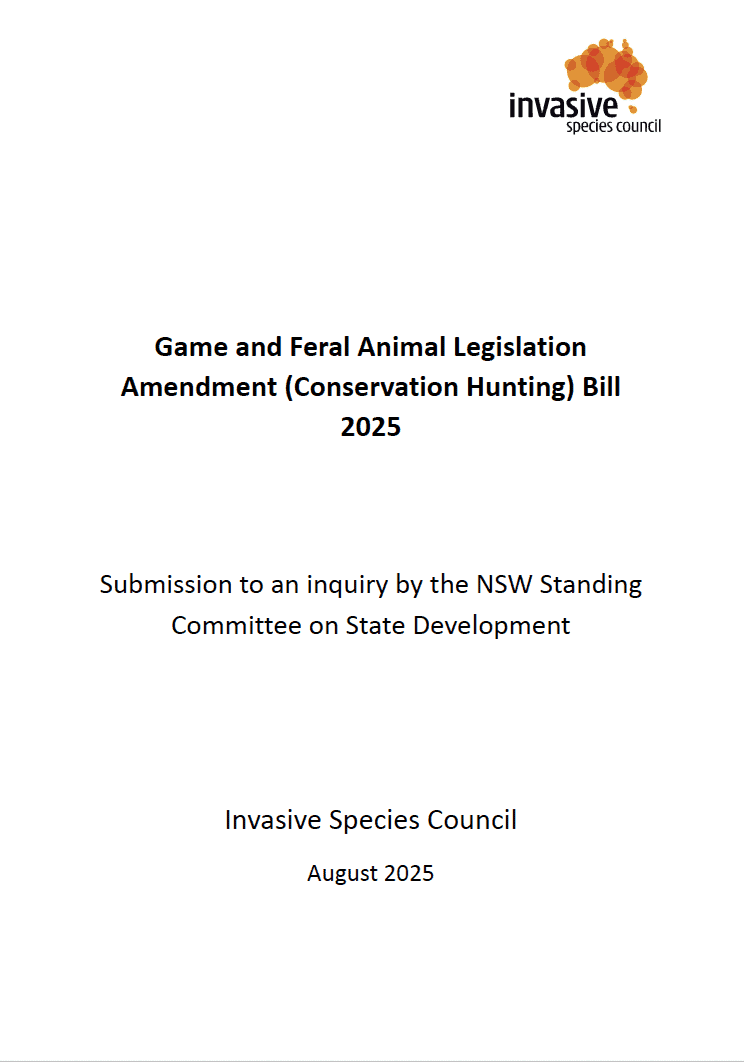
The NSW Parliament should reject the Game and Feral Animal Legislation Amendment(Conservation Hunting) Bill 2025 for the following reasons:
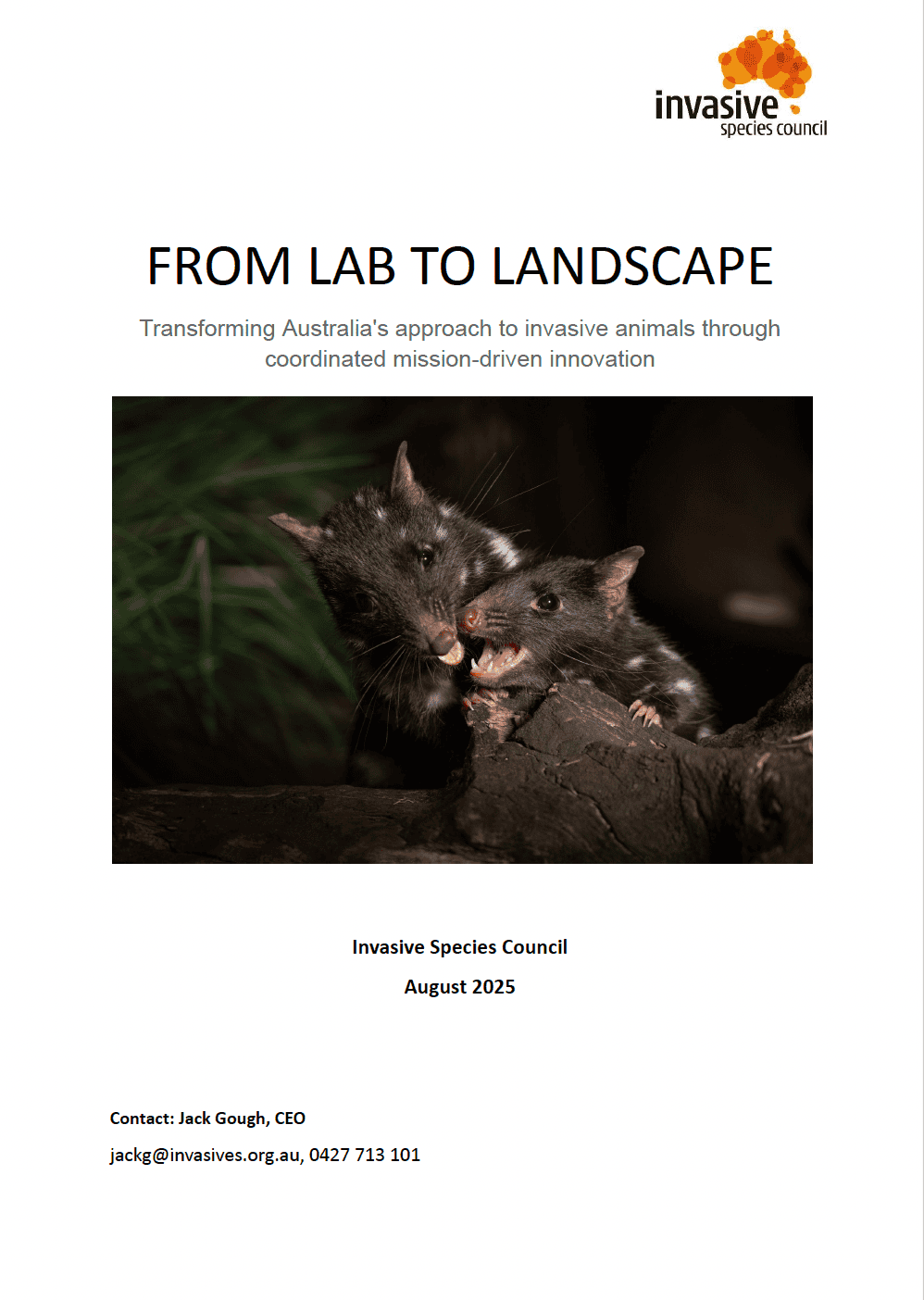
Invasive vertebrates are the biggest driver of animal extinctions in Australia and imperil more than 500 threatened species while causing
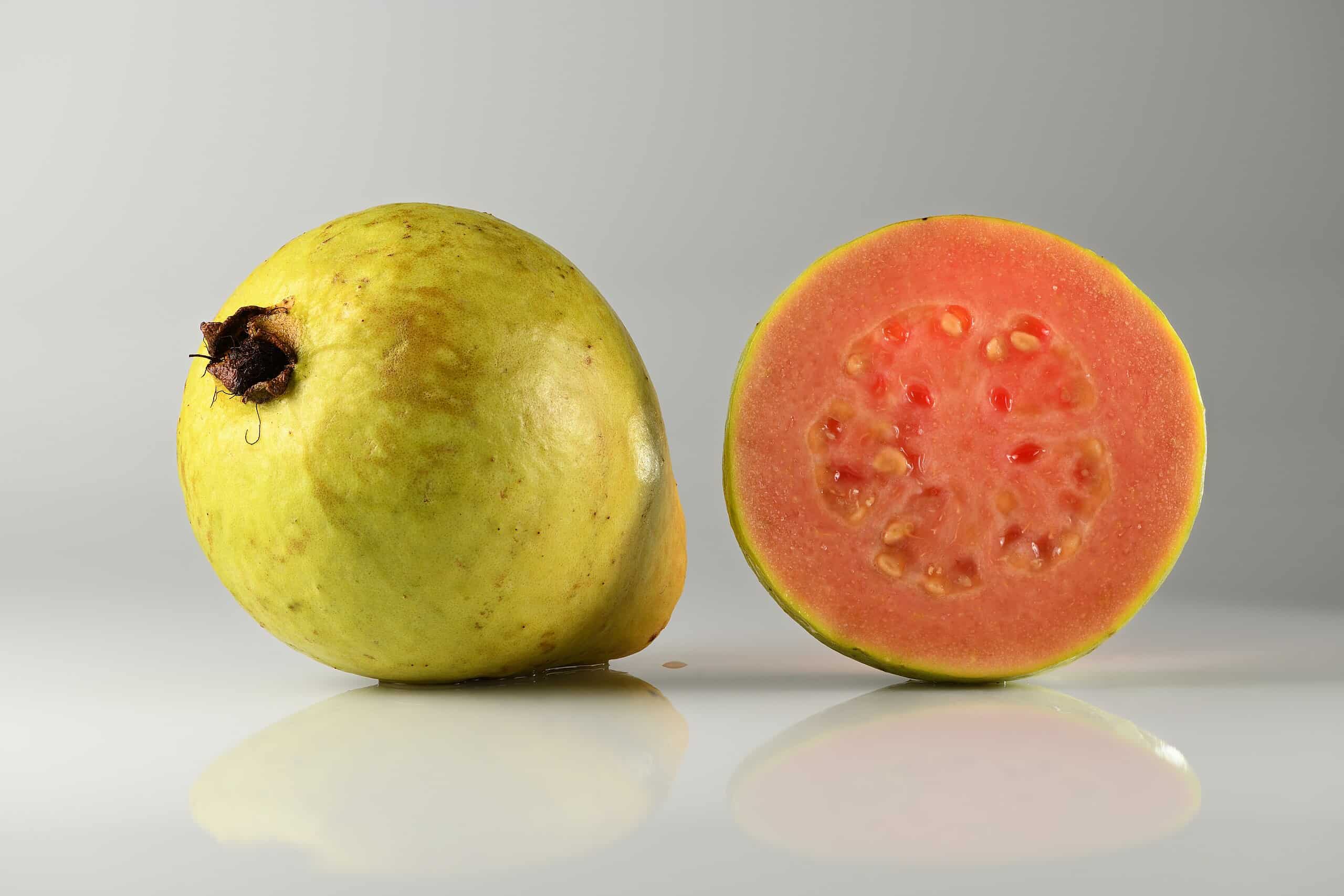
A joint submission by the Australian Network for Plant Conservation Inc. and the Invasive Species Council. The Biosecurity Import Requirements

Tasmania’s unique environment, economy, and communities are under threat frominvasive species. Invasive species, including feral deer, cats, pigs, goats, and

A few deer were released in Victoria 150 years ago for game hunting and over timelegislation was developed to support

While many positive elements of the former strategy are worth retaining, developing this new strategy provides an opportunity for new ideas and improvements – as suggested in this submission.

While many positive elements of the former strategy are worth retaining, developing this new strategy provides an opportunity for new ideas and improvements – as suggested in this submission.

Investing in prevention and early action are always the most cost-effective and damage mitigating approach to invasive species and our national biosecurity system is fundamental to this.

In this submission we discuss the work of community action groups that are willing to perform biosecurity services, supporting the ACT government to achieve meaningful progress towards the goals articulated in strategies, and how to collaborate effectively to protect our biodiversity and enhance ecosystem resilience.

The Invasive Species Council welcomes action to ensure that targets from the Kunming-Montreal Global Biodiversity Framework (GBF) are incorporated into Australia’s national conservation agenda. However, we are deeply concerned about the draft Nature Strategy targets, as proposed in the discussion paper Updating Australia’s Strategy for Nature (February 2024).
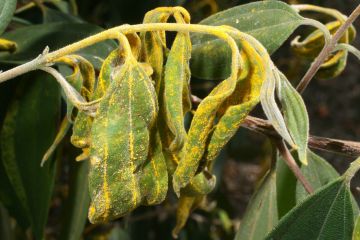
In this submission, we outline the additional funding required for initiatives and policies over the next four years which would improve Australia’s capacity to keep nature safe from new and established invasive species.
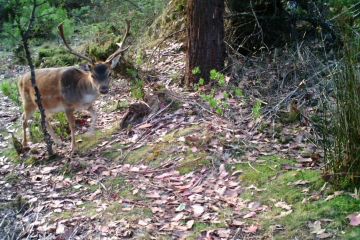
The Invasive Species Council has 8 recommendations to be implemented in 2024 to mitigate the negative impacts of feral deer on the environment, economy, and public safety.
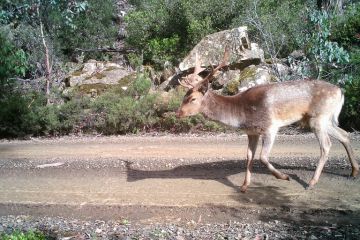
8 recommendations for the Plan to be successful in mitigating the negative impacts of feral deer on the environment, economy, and public safety,
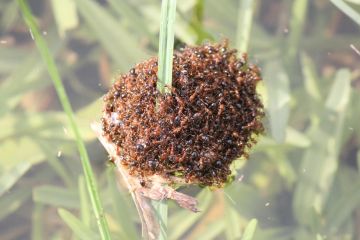
15 urgent recommendations to improve fire ant eradication.

In this submission we raise the question of whether Karenia mikimotoi – or the strain causing the algalbloom in South

The NSW Parliament should reject the Game and Feral Animal Legislation Amendment(Conservation Hunting) Bill 2025 for the following reasons:

Invasive vertebrates are the biggest driver of animal extinctions in Australia and imperil more than 500 threatened species while causing

A joint submission by the Australian Network for Plant Conservation Inc. and the Invasive Species Council. The Biosecurity Import Requirements

Tasmania’s unique environment, economy, and communities are under threat frominvasive species. Invasive species, including feral deer, cats, pigs, goats, and

A few deer were released in Victoria 150 years ago for game hunting and over timelegislation was developed to support

While many positive elements of the former strategy are worth retaining, developing this new strategy provides an opportunity for new ideas and improvements – as suggested in this submission.

While many positive elements of the former strategy are worth retaining, developing this new strategy provides an opportunity for new ideas and improvements – as suggested in this submission.

Investing in prevention and early action are always the most cost-effective and damage mitigating approach to invasive species and our national biosecurity system is fundamental to this.

In this submission we discuss the work of community action groups that are willing to perform biosecurity services, supporting the ACT government to achieve meaningful progress towards the goals articulated in strategies, and how to collaborate effectively to protect our biodiversity and enhance ecosystem resilience.

The Invasive Species Council welcomes action to ensure that targets from the Kunming-Montreal Global Biodiversity Framework (GBF) are incorporated into Australia’s national conservation agenda. However, we are deeply concerned about the draft Nature Strategy targets, as proposed in the discussion paper Updating Australia’s Strategy for Nature (February 2024).

In this submission, we outline the additional funding required for initiatives and policies over the next four years which would improve Australia’s capacity to keep nature safe from new and established invasive species.

The Invasive Species Council has 8 recommendations to be implemented in 2024 to mitigate the negative impacts of feral deer on the environment, economy, and public safety.

8 recommendations for the Plan to be successful in mitigating the negative impacts of feral deer on the environment, economy, and public safety,

15 urgent recommendations to improve fire ant eradication.

In this submission we raise the question of whether Karenia mikimotoi – or the strain causing the algalbloom in South

The NSW Parliament should reject the Game and Feral Animal Legislation Amendment(Conservation Hunting) Bill 2025 for the following reasons:

Invasive vertebrates are the biggest driver of animal extinctions in Australia and imperil more than 500 threatened species while causing

A joint submission by the Australian Network for Plant Conservation Inc. and the Invasive Species Council. The Biosecurity Import Requirements

Tasmania’s unique environment, economy, and communities are under threat frominvasive species. Invasive species, including feral deer, cats, pigs, goats, and

A few deer were released in Victoria 150 years ago for game hunting and over timelegislation was developed to support

While many positive elements of the former strategy are worth retaining, developing this new strategy provides an opportunity for new ideas and improvements – as suggested in this submission.

While many positive elements of the former strategy are worth retaining, developing this new strategy provides an opportunity for new ideas and improvements – as suggested in this submission.

Investing in prevention and early action are always the most cost-effective and damage mitigating approach to invasive species and our national biosecurity system is fundamental to this.

In this submission we discuss the work of community action groups that are willing to perform biosecurity services, supporting the ACT government to achieve meaningful progress towards the goals articulated in strategies, and how to collaborate effectively to protect our biodiversity and enhance ecosystem resilience.

The Invasive Species Council welcomes action to ensure that targets from the Kunming-Montreal Global Biodiversity Framework (GBF) are incorporated into Australia’s national conservation agenda. However, we are deeply concerned about the draft Nature Strategy targets, as proposed in the discussion paper Updating Australia’s Strategy for Nature (February 2024).

In this submission, we outline the additional funding required for initiatives and policies over the next four years which would improve Australia’s capacity to keep nature safe from new and established invasive species.

The Invasive Species Council has 8 recommendations to be implemented in 2024 to mitigate the negative impacts of feral deer on the environment, economy, and public safety.

8 recommendations for the Plan to be successful in mitigating the negative impacts of feral deer on the environment, economy, and public safety,

15 urgent recommendations to improve fire ant eradication.
Our protected areas are being trashed, trampled, choked and polluted by an onslaught of invaders. Invasive species are already the overwhelming driver of our animal extinction rate, and are expected to cause 75 of the next 100 extinctions.
But you can help to turn this around and create a wildlife revival in Australia.
From numbats to night parrots, a tax-deductible donation today can help defend our wildlife against the threat of invasive weeds, predators, and diseases.
As the only national advocacy environment group dedicated to stopping this mega threat, your gift will make a big difference.
A silent crisis is unfolding across Australia. Every year, billions of native animals are hunted and killed by cats and foxes. Fire ants continue to spread and threaten human health. And the deadly strain of bird flu looms on the horizon. Your donation today will be used to put the invasive species threat in the media, make invasive species a government priority, ensure governments take rapid action to protect nature and our remarkable native wildlife from invasives-led extinction, death and destruction.
If you are having trouble submitting a form, please read this guide.
Please fill out the following form and one of our team will be in contact to assist as soon as possible. Please make sure to include any helpful information, such as the device you were using (computer, tablet or mobile phone) and if known, your browser (Mozilla Firefox, Chrome, Safari etc)
"*" indicates required fields
Dear Project Team,
[YOUR PERSONALISED MESSAGE WILL APPEAR HERE.]
I support the amendment to the Kosciuszko National Park Wild Horse Heritage Management Plan to allow our incredible National Parks staff to use aerial shooting as one method to rapidly reduce feral horse numbers. I want to see feral horse numbers urgently reduced in order to save the national park and our native wildlife that live there.
The current approach is not solving the problem. Feral horse numbers have rapidly increased in Kosciuszko National Park to around 18,000, a 30% jump in just the past 2 years. With the population so high, thousands of feral horses need to be removed annually to reduce numbers and stop our National Park becoming a horse paddock. Aerial shooting, undertaken humanely and safely by professionals using standard protocols, is the only way this can happen.
The government’s own management plan for feral horses states that ‘if undertaken in accordance with best practice, aerial shooting can have the lowest negative animal welfare impacts of all lethal control methods’.
This humane and effective practice is already used across Australia to manage hundreds of thousands of feral animals like horses, deer, pigs, and goats.
Trapping and rehoming of feral horses has been used in Kosciuszko National Park for well over a decade but has consistently failed to reduce the population, has delayed meaningful action and is expensive. There are too many feral horses in the Alps and not enough demand for rehoming for it to be relied upon for the reduction of the population.
Fertility control as a management tool is only effective for a small, geographically isolated, and accessible population of feral horses where the management outcome sought is to maintain the population at its current size. It is not a viable option to reduce the large and growing feral horse population in the vast and rugged terrain of Kosciuszko National Park.
Feral horses are trashing and trampling our sensitive alpine ecosystems and streams, causing the decline and extinction of native animals. The federal government’s Threatened Species Scientific Committee has stated that feral horses ‘may be the crucial factor that causes final extinction’ for 12 alpine species.
I recognise the sad reality that urgent and humane measures are necessary to urgently remove the horses or they will destroy the Snowies and the native wildlife that call the mountains home. I support a healthy national park where native species like the Corroboree Frog and Mountain Pygmy Possum can thrive.
Dear Project Team,
[YOUR PERSONALISED MESSAGE WILL APPEAR HERE.]
I support the amendment to the Kosciuszko National Park Wild Horse Heritage Management Plan to allow our incredible National Parks staff to use aerial shooting as one method to rapidly reduce feral horse numbers. I want to see feral horse numbers urgently reduced in order to save the national park and our native wildlife that live there.
The current approach is not solving the problem. Feral horse numbers have rapidly increased in Kosciuszko National Park to around 18,000, a 30% jump in just the past 2 years. With the population so high, thousands of feral horses need to be removed annually to reduce numbers and stop our National Park becoming a horse paddock. Aerial shooting, undertaken humanely and safely by professionals using standard protocols, is the only way this can happen.
The government’s own management plan for feral horses states that ‘if undertaken in accordance with best practice, aerial shooting can have the lowest negative animal welfare impacts of all lethal control methods’.
This humane and effective practice is already used across Australia to manage hundreds of thousands of feral animals like horses, deer, pigs, and goats.
Trapping and rehoming of feral horses has been used in Kosciuszko National Park for well over a decade but has consistently failed to reduce the population, has delayed meaningful action and is expensive. There are too many feral horses in the Alps and not enough demand for rehoming for it to be relied upon for the reduction of the population.
Fertility control as a management tool is only effective for a small, geographically isolated, and accessible population of feral horses where the management outcome sought is to maintain the population at its current size. It is not a viable option to reduce the large and growing feral horse population in the vast and rugged terrain of Kosciuszko National Park.
Feral horses are trashing and trampling our sensitive alpine ecosystems and streams, causing the decline and extinction of native animals. The federal government’s Threatened Species Scientific Committee has stated that feral horses ‘may be the crucial factor that causes final extinction’ for 12 alpine species.
I recognise the sad reality that urgent and humane measures are necessary to urgently remove the horses or they will destroy the Snowies and the native wildlife that call the mountains home. I support a healthy national park where native species like the Corroboree Frog and Mountain Pygmy Possum can thrive.